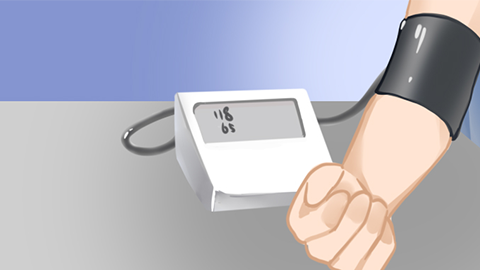Normal values of systolic and diastolic blood pressure in the third trimester of pregnancy
In the third trimester of pregnancy, the normal systolic blood pressure ranges from 90 to 139 mmHg, and the normal diastolic blood pressure ranges from 60 to 89 mmHg. This range is consistent with standard values for healthy adults. Regular monitoring is essential to prevent adverse effects on maternal and fetal health due to abnormal blood pressure. If blood pressure persistently exceeds 140/90 mmHg or falls below 90/60 mmHg, prompt medical consultation is recommended.

Systolic pressure reflects the maximum pressure exerted on blood vessels when the heart pumps blood. In late pregnancy, elevated systolic pressure may increase the risk of gestational hypertension, leading to complications such as edema and proteinuria; conversely, low systolic pressure may result in insufficient placental perfusion, adversely affecting fetal development.
Diastolic pressure represents the minimum pressure in blood vessels when the heart is at rest between beats, and abnormalities in this value also require attention. Persistently high diastolic pressure can damage vascular endothelium, while low diastolic pressure may be accompanied by symptoms such as dizziness and fatigue. Appropriate dietary adjustments or medical interventions should be used to restore diastolic pressure to the normal range.
Routine blood pressure monitoring is recommended during daily life, along with a low-salt diet, avoidance of emotional fluctuations and excessive fatigue. Adequate sleep and moderate, gentle physical activities such as walking are beneficial. Pay close attention to bodily symptoms, and promptly inform your doctor if you experience headache, blurred vision, or similar issues.





